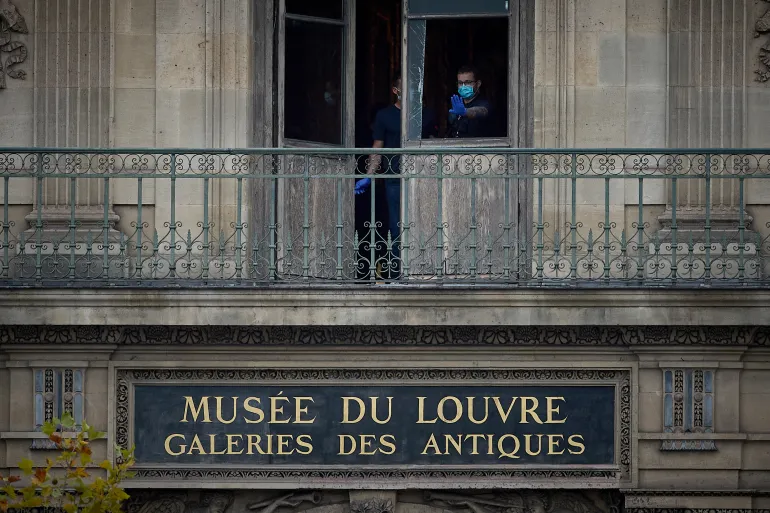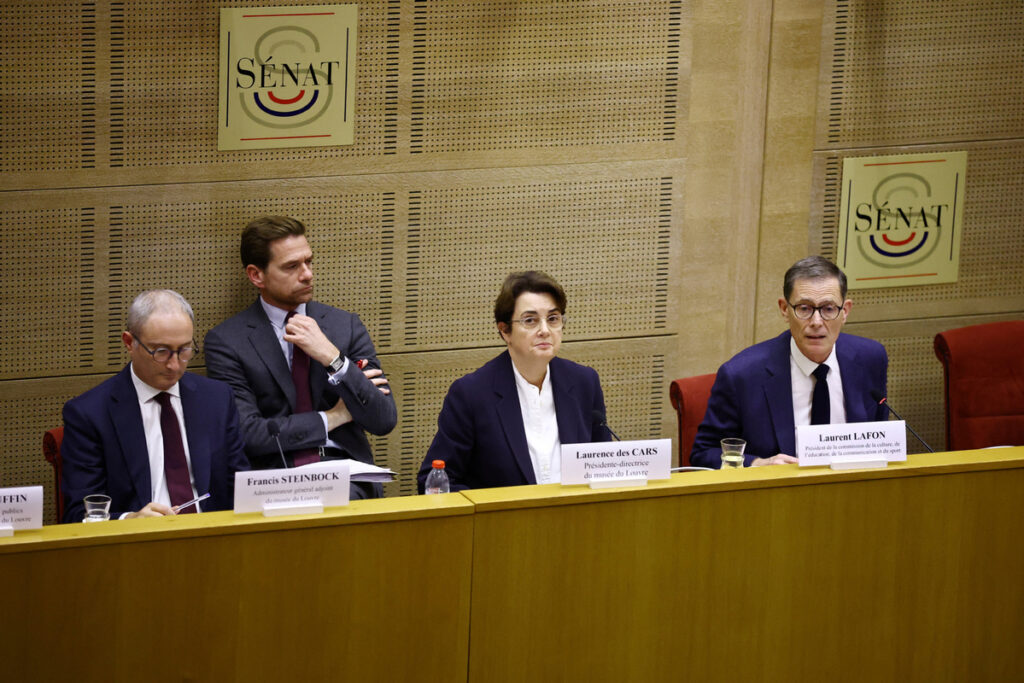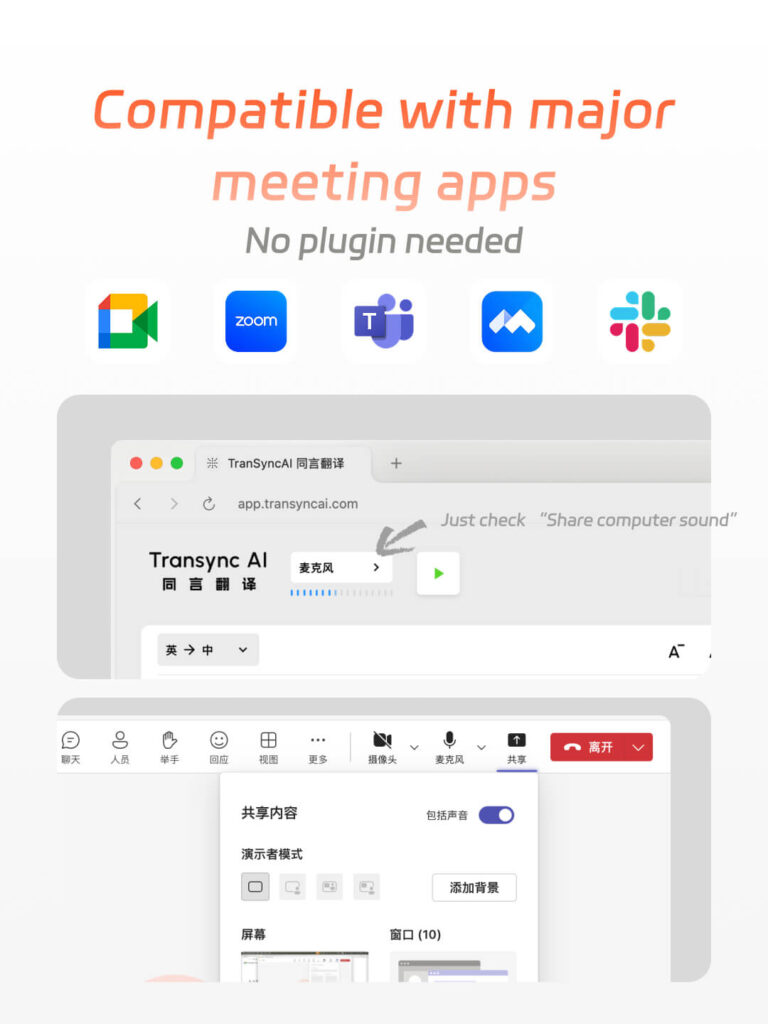
The Louvre robbery revealed more than just a daring theft — it exposed the challenges of real-time translation, global collaboration, and the persistent language gap that slows international communication.
When news broke that a priceless artifact had been stolen from the Louvre Museum in Paris, the world watched in shock.
But beyond the crime itself, another issue quickly surfaced — the confusion caused by language barriers among global teams.
This dramatic event exposed a deeper truth: in a globalized world, language gaps can delay collaboration, distort meaning, and even cost critical time.
That’s where real-time translation technology steps in — bridging borders not just with words, but with understanding.
The Language Chaos Behind the Headlines
As details of the Louvre robbery spread across Europe and beyond, dozens of agencies scrambled to communicate.
French police were briefing English-speaking journalists.
Spanish and Italian museums reached out with similar security concerns.
And online, rumors were spreading faster than facts — fueled by mistranslations and fragmented updates.
The challenge wasn’t information.
It was communication.
Words like “suspect,” “arrest,” and “evidence” were interpreted differently across languages.
What began as a cultural tragedy became a global reminder of how language barriers slow down cooperation, even in high-stakes situations.
When Seconds Matter, Translation Can’t Wait

In moments like the Louvre incident — or any international emergency — time is the most valuable resource.
Traditional translation tools, dependent on manual input or delayed processing, simply can’t keep up.
Imagine a multinational task force on a video call:
- The French investigator explains findings in real time.
- The English-speaking art expert analyzes details.
- The Japanese journalist asks questions.
Without real-time translation, everyone waits for summaries — and crucial seconds are lost.
This is where modern AI-powered translators like Transync AI redefine communication.
Real-Time Translation: The Missing Link in Global Collaboration
Today, global collaboration isn’t limited to diplomacy or law enforcement — it happens every day across companies, universities, and creative industries.
Teams speak different languages but share the same goals.
Real-time translation allows these collaborations to thrive by ensuring that everyone understands at the same time.
It removes the awkward pauses, mistranslations, and misunderstandings that used to plague international teamwork.
Transync AI: A Bridge Between Languages and People

In the wake of events like the Louvre robbery, it’s clear that communication needs to be immediate, accurate, and human-like.
That’s exactly what Transync AI delivers.
Unlike traditional translation tools, Transync AI listens, interprets, and speaks back naturally — as if you had a professional interpreter in your pocket.
🔹 Key Features
- ⚡ Real-time voice translation across 30+ languages
- 🧠 AI understanding of tone and context (avoiding literal misfires)
- 💬 Automatic bilingual meeting summaries
- 🎧 Accent and emotion recognition for natural delivery
- 🌍 Works seamlessly in Zoom, Teams, and on mobile devices
🎥 Watch how to use Transync AI
With Transync AI, cross-border collaboration no longer needs translation delays — it’s instantaneous.
Why Traditional Tools Fall Short
Older translation apps like Google Translate or Microsoft Translator are useful for travelers and quick text conversions.
But when the stakes are high — during a live negotiation, an emergency response, or a breaking news event — those tools can’t handle speed, tone, or nuance.
They translate words, not intent.
Transync AI, on the other hand, uses advanced neural networks to capture how something is said — not just what is said — making it ideal for professional use and real-time collaboration.
A Lesson from the Louvre
The Louvre robbery reminded the world that communication is more than shared information — it’s shared understanding.
Had every official, journalist, and expert been able to communicate seamlessly in real time, confusion could have been reduced dramatically.
The same applies to global businesses today.
Language shouldn’t be a wall — it should be a bridge.
With AI-powered translation, it’s now possible for people from Tokyo to Toronto to work together as if they spoke the same language.
The Future: Instant Understanding
As global teams become the new normal, real-time translation is not just a convenience — it’s a necessity.
It empowers faster decisions, smoother relationships, and more inclusive communication.
And among the growing field of tools, Transync AI is the one leading this transformation — turning every meeting, message, and conversation into a moment of true understanding.
👉 Experience the future of multilingual collaboration.
If you want a next-generation experience, Transync AI leads the way with real-time, AI-powered translation that keeps conversations flowing naturally. You can try it free now.

